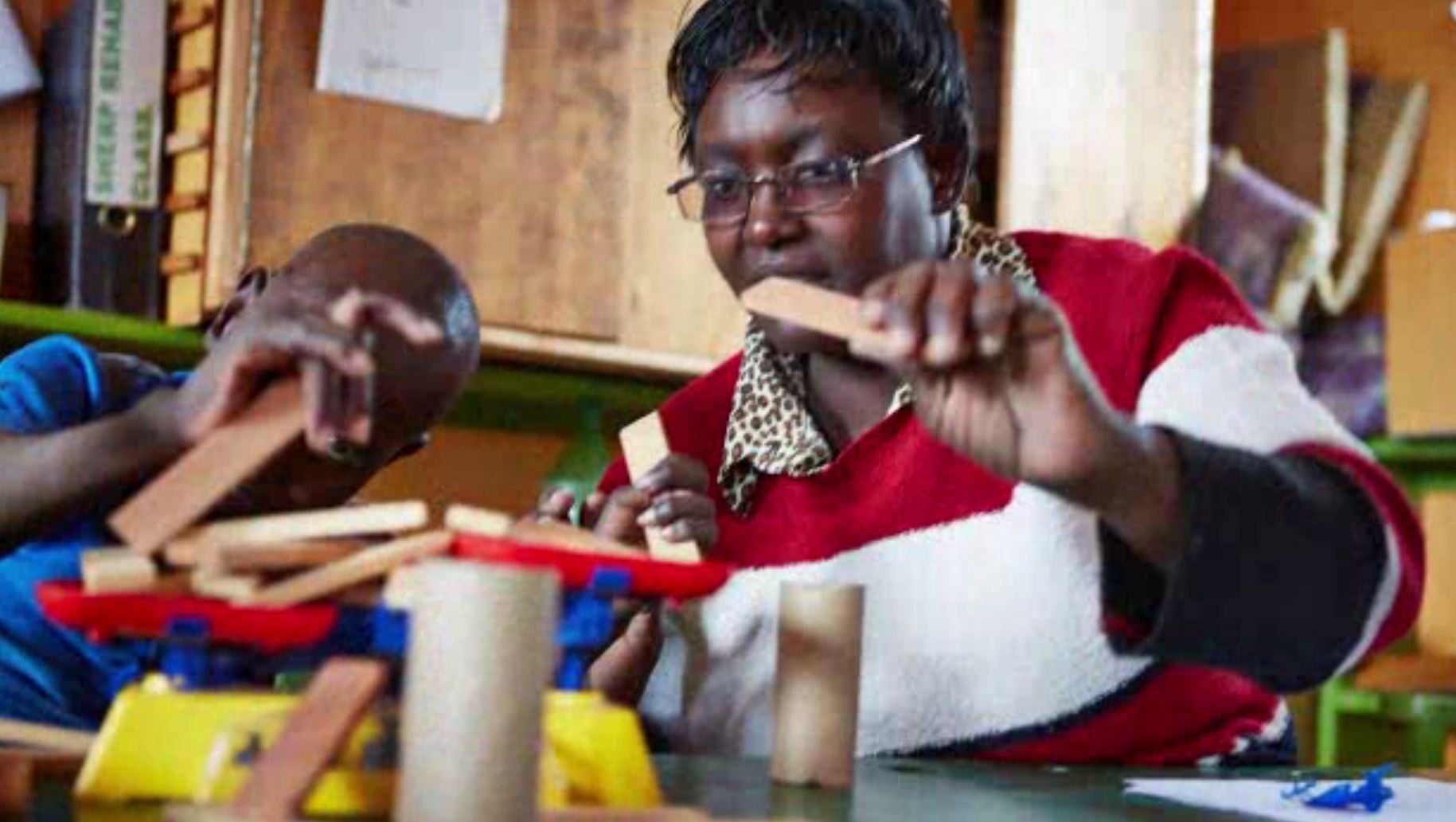
Today, on World Autism Day, I’d like to highlight the impact of education on what persons with disabilities are capable of achieving. More than one billion people – 15% of the world’s population – experience some form of disability. One-fifth of the estimated global total, up to 190 million people, encounter significant disabilities. Persons with disabilities are more likely to experience adverse socio-economic outcomes than persons without disabilities, such as less education, worse health outcomes, less employment, and higher poverty rates.Most persons with disabilities are in developing countries.
Last month, I had the honor of hosting Dr. Kamal Lamichhane (University of Tsukuba) at the World Bank. His personal story is remarkable. Due to his visual impairment, Kamal did not go to school in his native Nepal until he turned 12. He would later go on to complete his doctoral degree in disability studies and on coin the term “poverty of awareness”.
Kamalpresented the findings of his recent book Disability, Education and Employment in Developing Countries: From Charity to Investment. Kamal made a solid case, based on his excellent econometric skills, using data from Nepal, India, Bangladesh, Cambodia and the Philippines.
People with disabilities benefit greatly from education and make solid contributions to society. Investment in human capital helps them find good jobs, one of the most important factors in promoting social inclusion and economic development. When education and labor markets are made inclusive and accessible to persons with disabilities, their well-being improves and so do the prospects of their families. In addition, society benefits when people are able to use their human capital to full potential.
The returns to investment in the education of persons with disabilities are two to three times higher than that of persons without disabilities. Kamal estimated the returns to education for persons with disabilities in Nepal. He used unique data from persons with disabilities combined with national survey data. The estimated rate of returns is very high, ranging from 19 to 26%. This is compared to a global average of just over 10%. There are strong policy implications emanating from his work. To name just two, there’s aneed to address the supply-side constraints that limit access to quality education and labor market issues.
Going forward we need to do at least five things:
1. Make the inclusive education call more meaningful by specifying what we actually mean.For example, returns are even higher if we invest in cost-effective policies and programs such as DAISY/ePub and sign language.;
2. Collect data and encourage others to collect data that includes disability;
3. Strengthen the evidence base by conducting rigorous impact evaluations of promising interventions that promote quality learning by persons with disabilities;
4. Crowd in the private sector and promote public-private partnerships that give us access to the best technologies for persons with disabilities. After all, the fastest growing segment of the education market is e-learning and education gaming, at 25% per year according to GSV Asset Management; and
5. Adopt indicators of inclusion that reduce our “poverty of awareness,” such as integrating as much as possible children with disabilities in the classroom and removing employment barriers.
There is a general lack of awareness of what persons with disabilities are capable of doing as well as lackof awareness of the numbers, what they mean, and what we can do to include them in the development process.Inclusive education – education for all, learning for all – are praiseworthy goals. It’s time to make them real.
What initiatives can you think of that will make quality education more accessible to persons with disabilities?
Follow Harry Patrinos on Twitter @hpatrinos
Follow the World Bank Group Education team on Twitter @wbg_education


Join the Conversation